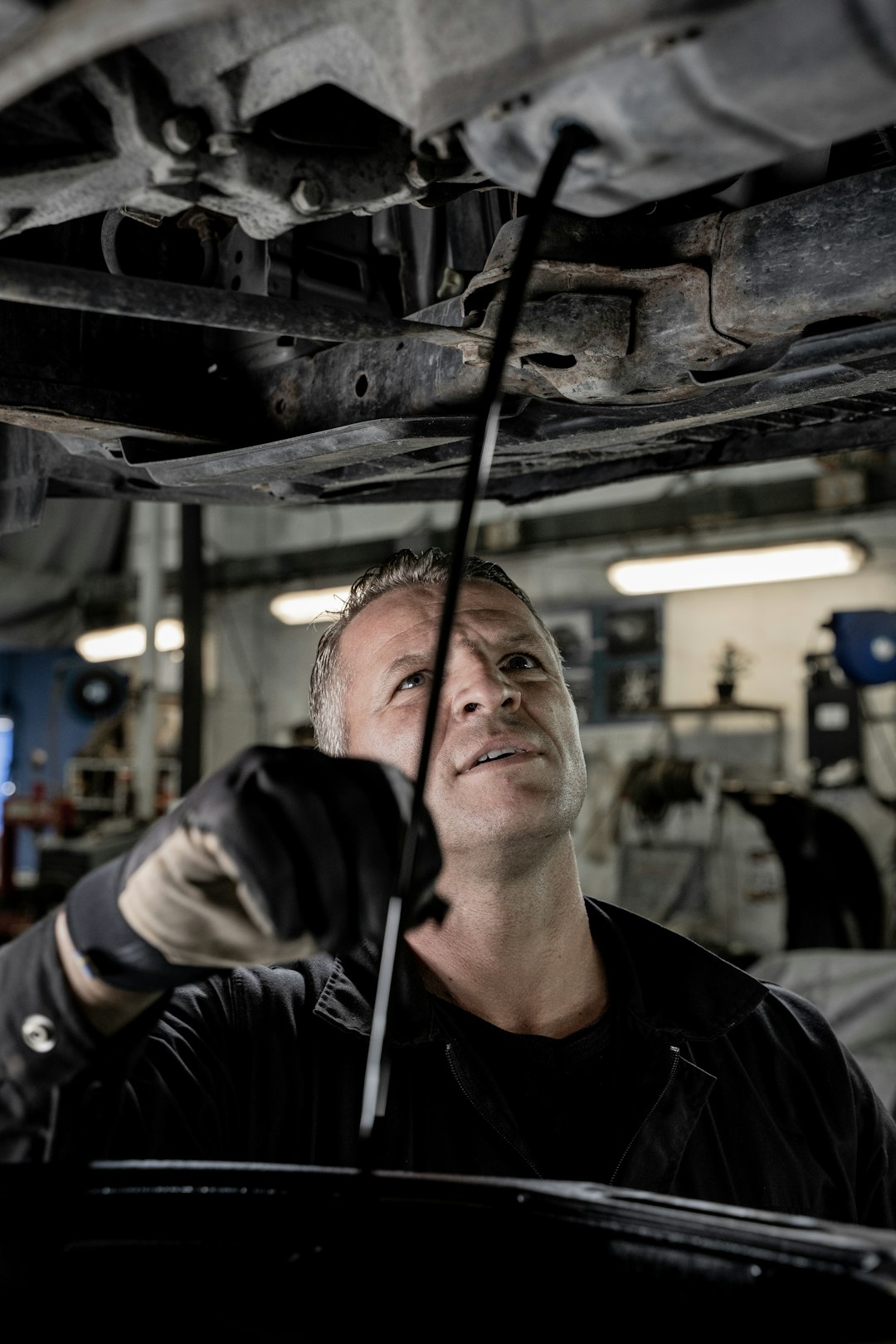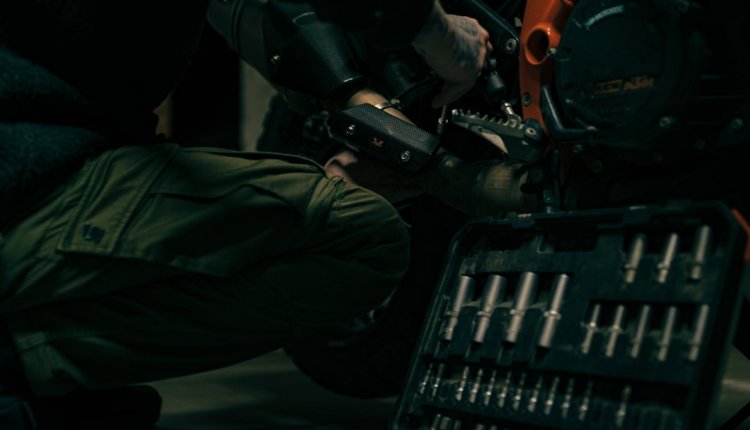How do smart splitters work exactly?
As more households adopt electric vehicles (EVs) and other high-powered devices, managing limited electrical panel capacity has become increasingly important. One solution to this challenge is the use of smart splitters. These compact devices allow users to plug multiple high-powered appliances—like EV chargers—into a single 240-volt outlet, while ensuring safe and compliant energy distribution. But how do smart splitters work exactly?
At their core, smart splitters monitor electrical usage and allocate power to devices based on priority or availability. Unlike traditional adapters that simply split a single outlet into two without any safety oversight, smart splitters come equipped with internal circuit boards, smart sensors, and communication systems that make them highly reliable and safe.
How Smart Splitters Manage Power
Smart splitters have an embedded current sensor that constantly monitors the power draw of whatever devices are connected. When only one appliance is active—say, an EV charging at night—the splitter passes electricity through smoothly. However, when a second device is plugged in, the smart splitter evaluates:
- Whether the outlet can handle the total combined load
- Which device has priority (based on user settings or manufacturer defaults)
- If load sharing is possible or if one device must pause
For example, a common setup involves connecting two EV chargers to a single outlet. The smart splitter will generally prioritize one charger (often the primary vehicle) while keeping the second off until the first completes charging or until enough current is available.

Key Features of Modern Smart Splitters
Smart splitters have evolved with modern connectivity and safety features. Some of the essential features include:
- Load Sensing: Smart splitters measure real-time power draw and detect when devices begin or stop consuming electricity.
- Priority Logic: Rules are built into the device to determine which appliance should receive power first.
- Wi-Fi or Bluetooth Connectivity: Many smart splitters include an app-based interface, allowing users to monitor and control power usage remotely.
- Fail-Safe Shutdown: In case of overload or equipment failure, the smart splitter will cut off power to prevent hazards.
Common Applications
While EV charging is one of the most popular uses for smart splitters, they are also useful in other scenarios involving high-draw appliances. These can include:
- Electric dryers and EV chargers sharing the same circuit
- Dual EV charging setups in one garage
- Workshop setups with heavy-duty tools
This flexibility makes smart splitters especially useful in older homes where the electrical panel doesn’t have much spare capacity for new 240V circuits.

Installation and Safety
Smart splitters are typically plug-and-play. They connect directly to a standard NEMA 14-50 or 14-30 outlet and then offer one or two additional outlets themselves. Before installing, it’s crucial to:
- Verify that the circuit rating can support multiple devices (typically 30A or 50A)
- Understand the priority rules defined by the device
- Ensure the devices being used are compatible with smart load management
Although designed for simple installation, consulting a licensed electrician is advisable if you’re unsure about your home’s electrical capabilities.
FAQ
- Q: Can I use a smart splitter with any EV charger?
A: Most EV chargers that use standard NEMA connectors will work, but it’s best to check compatibility with the smart splitter manufacturer. - Q: Does a smart splitter require an internet connection to function?
A: No, most will work independently of your Wi-Fi, although connectivity may be needed for advanced features or monitoring via a mobile app. - Q: What happens if both connected devices try to use full power at the same time?
A: The smart splitter will follow its built-in priority rules or pause one device to prevent overloading the circuit. - Q: Is it legal to use a smart splitter?
A: Yes, as long as it is UL- or ETL-certified and installed as described in electrical codes and the product manual. - Q: Can I install a smart splitter myself?
A: Yes, in most cases, but professional installation is recommended if you’re unfamiliar with high-voltage systems.

Comments are closed.